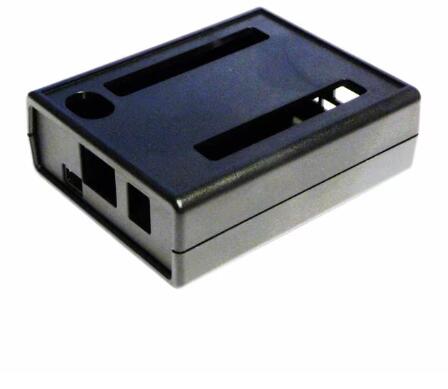When it comes to working on electronics projects, development board enclosures play a crucial role in ensuring the safety and functionality of the components. These enclosures are designed to protect the development boards from environmental factors, physical damage, and electromagnetic interference, ultimately contributing to the overall success of the project.
One of the primary reasons why development board enclosures are essential is their ability to shield the boards from external elements. Whether it’s dust, moisture, or accidental spills, these enclosures act as a barrier, preventing any potential damage to the delicate electronic components. This is particularly important in environments where the project is exposed to various hazards, such as workshops or outdoor settings.
Furthermore, development board enclosures provide a level of physical protection, safeguarding the boards from impact, scratches, and other forms of mechanical damage. This is especially important during the prototyping and testing phases of a project, where the boards may be handled frequently or moved around. By housing the boards in sturdy enclosures, the risk of physical harm is significantly reduced, ensuring the longevity of the components.
In addition to protection, development board enclosures also play a critical role in minimizing electromagnetic interference. Electronics projects often involve sensitive circuitry that can be affected by external electromagnetic fields. By enclosing the development boards in shielded enclosures, the risk of interference from nearby devices or power sources is greatly reduced, leading to more reliable and accurate results.
Moreover, development board enclosures contribute to the overall organization and aesthetics of a project. By housing the boards in dedicated enclosures, the workspace appears more professional and tidy, with cables and components neatly contained within the enclosure. This not only enhances the visual appeal of the project but also makes it easier to manage and maintain the setup.
When selecting a development board enclosure, it’s important to consider factors such as material, size, and accessibility. The material of the enclosure should be chosen based on the specific environmental conditions the project will be exposed to. For instance, if the project will be used outdoors, a weatherproof and durable enclosure would be ideal. Additionally, the size of the enclosure should accommodate the development board and any additional components, allowing for proper ventilation and heat dissipation.
Accessibility is another crucial aspect to consider when choosing a development board enclosure. The enclosure should provide easy access to the board for maintenance, debugging, and modifications, without compromising the overall protection it offers. This can be achieved through the inclusion of removable panels, cable management features, and clear labeling for connectors and interfaces.
In conclusion, development board enclosures are an integral part of electronics projects, offering protection, organization, and reliability. By investing in high-quality enclosures that are tailored to the specific needs of the project, developers can ensure the safety and functionality of their development boards, ultimately leading to successful and robust electronic systems.










